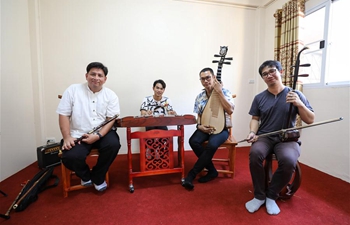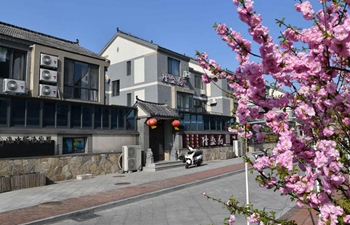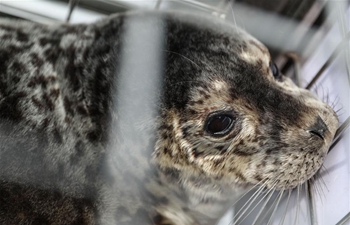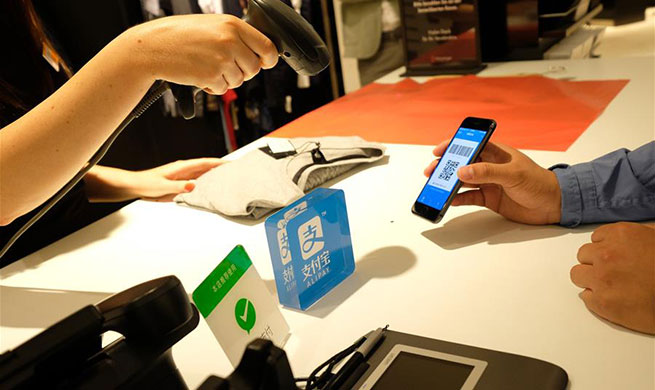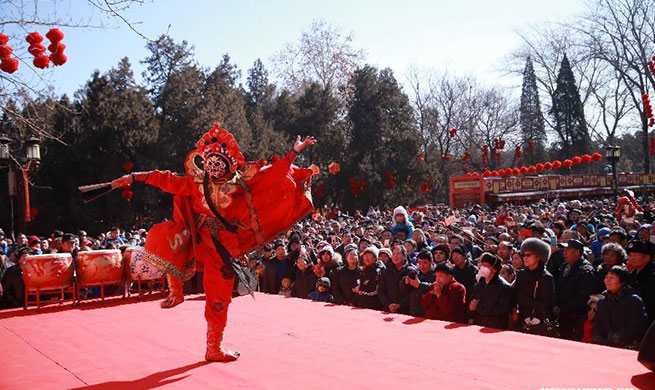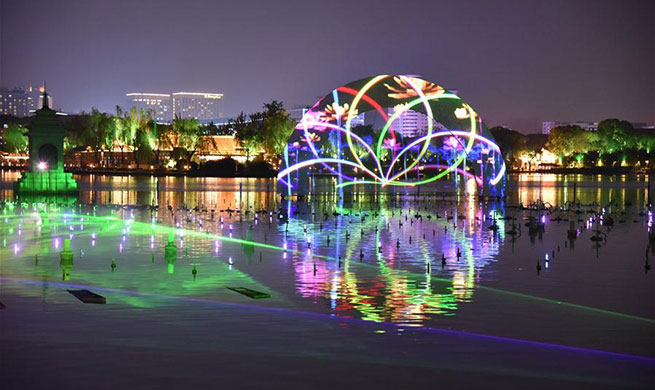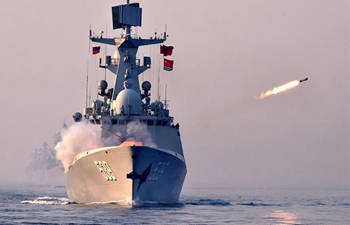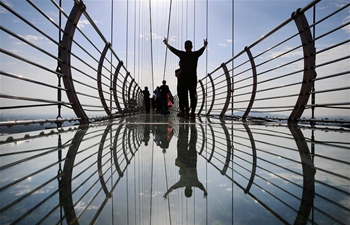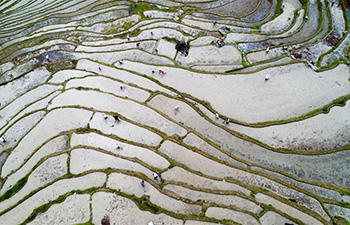by Xinhua writers Zhu Ruiqing, Tang Lu
COLOMBO, May 11 (Xinhua) -- The Belt and Road Initiative (BRI) brings tangible benefits and injects fresh vigor into the Sri Lankan economy, a local business leader said here Saturday, refuting accusations against the BRI of setting up a "debt trap."
"The 21st Century belongs to Asian growth, and China is leading it by contributing to the growth of Asia and injecting vitalities to its Asian friends' economies through the Belt and Road Initiative," Kosala Wickramanayake, president of Sri Lanka's International Business Council, told Xinhua in an interview.
"For instance, the projects under the Belt and Road Initiative already have added positively to Sri Lankan economy and development," Wickramanayake said.
Citing the Moragahakanda Project as an example, Wickramanayake said that the largest water reservoir in Sri Lanka, designed and constructed by China's leading hydropower construction company, PowerChina, has brought great benefits to thousands of farmers in the North and North Central provinces.
"With water ... and other cultivation, farmers can come out of poverty, improve their lives and eventually contribute to the country's economy," he said.
The 26.75-km long China-funded Matara-Beliatta railway extension in the southern part of the island country was the first of its kind in Sri Lanka's railway system in more than 70 years, he said.
The Puttalam coal-fired power plant, constructed by Chinese companies, has contributed immensely to generating power during the dry season when Sri Lanka's traditional hydro power supply was insufficient, he said.
According to the president, Lanka-Sino cooperation has been flourishing for decades, covering many different sectors.
"Especially in the port industry, our two countries have embarked on cooperation in both the Colombo Port in the west and the Hambantota (Port) in the south. In the future, with the cooperation with China, Sri Lanka will emerge as the maritime hub of the Indian Ocean," he said.
In 2014, China's CM Port and the state-owned Sri Lanka Ports Authority started to co-run the Colombo International Container Terminals (CICT) of the Colombo Port.
Handling over 2.65 million Twenty-foot Equivalent Units (TEUs) in the year of 2018, CICT has made the Colombo Port one of the fastest growing ports in the global market.
After the success of CICT, the cooperation between China and Sri Lanka in the port industry began a new journey when two joint ventures between CM Port and Sri Lanka Ports Authority jointly managed the Hambantota Port.
Within two brief years, the Hambantota Port has recorded a noticeable rise in business. In 2018, 300 vessels with different service requirements have berthed at the port.
Among all the BRI projects in Sri Lanka, Wickramanayake added that there is one that no one could miss -- the Colombo Port City, co-developed by the Sri Lankan government and China's CHEC Port City Colombo (Pvt) Ltd.
"Today, the Colombo Port City is still under construction, and it has provided job opportunities for thousands of people here," said the president. "I believe the bright future of Colombo resides in this new city."
As for the debt issue, the president said as far as he knows, Chinese loan only accounted for about 10 percent of Sri Lanka's overall foreign debt, and most of the Chinese loan to Sri Lanka is on concessional terms.
"The 'debt trap' accusation is groundless," he said, adding that "Sri Lanka will benefit more from the Belt and Road Initiative."

